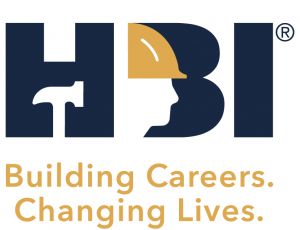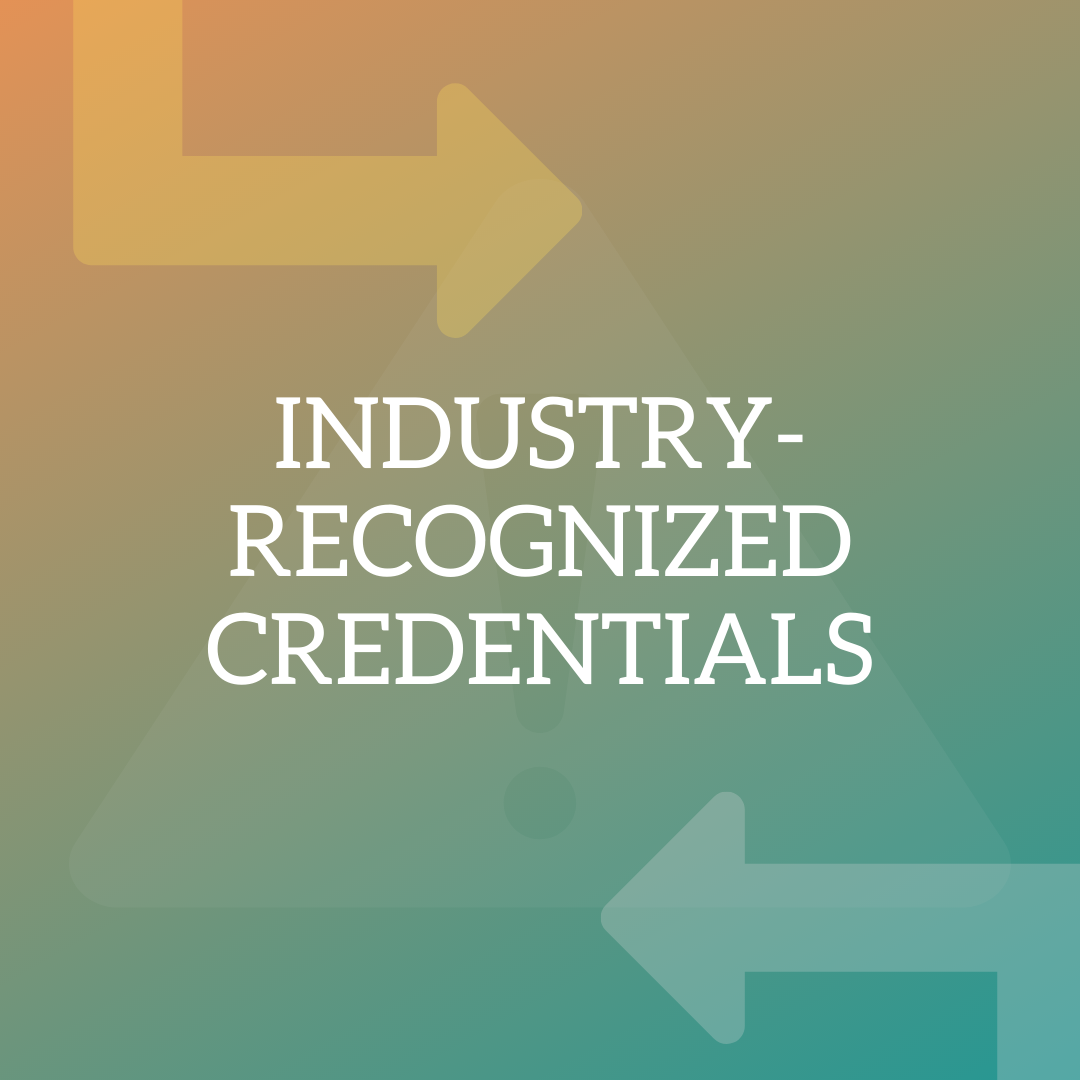 Those of us in Career Technical Education (CTE) often speak about preparing learners for careers in the real world. Well, here’s a real-world example of a sector where quite literally millions of careers are waiting to be fulfilled: construction. The number of open construction jobs averages between 300,000 and 400,000 every month. That’s an astonishing figure, especially considering how many good-paying positions await those who choose the field. Half of payroll workers in construction earn $50,460 annually, and the top 25 percent make at least $71,000.
Those of us in Career Technical Education (CTE) often speak about preparing learners for careers in the real world. Well, here’s a real-world example of a sector where quite literally millions of careers are waiting to be fulfilled: construction. The number of open construction jobs averages between 300,000 and 400,000 every month. That’s an astonishing figure, especially considering how many good-paying positions await those who choose the field. Half of payroll workers in construction earn $50,460 annually, and the top 25 percent make at least $71,000.
In the construction industry’s home building sector, employers in every state are paying top dollar for well-trained, entry-level workers. That is, if they can find any. One place they’re successfully identifying them is in high schools, community colleges and other institutions using a curriculum from the trade training nonprofit Home Builders Institute (HBI) called Pre-Apprentice Certificate Training (PACT).
HBI’s PACT curriculum is designed to provide learners with essential skills vital for careers in construction. Upon completion, graduates receive a certification in up to nine construction trade specialties. The certification is recognized and validated by the nation’s building industry. PACT, which is hands-on, competency-based curriculum, is one of only three, national curriculums approved by the U.S. Department of Labor and several state departments of education.
Gage Trebilcock, left, 17, a senior at Stonington High School, explains his technical drawing in the Pipeline in Manufacturing class he’s enrolled in to Connecticut Gov. Ned Lamont, second from left, Monday, Oct. 3, 2024. Trebilcock is enrolled in the new pilot program with the Home Builders Institute of Washington, D.C., titled the Pre-Apprenticeship Certificate Training (PACT) program. The pilot program, only the second in the state, is designed to highlight how a local public school system can promote the construction trades. | Tim Martin, The Westerly Sun
Home builders are looking for smart, hard-working and ambitious team members. States are elevating CTE’s impact by helping to support the tools and services that train new workers. HBI’s PACT is part of broad efforts by many states to create regional training opportunities, adopt skills-based hiring practices and increase equity and job quality by promoting private sector employment opportunities for a diverse workforce.
For example, in Rhode Island, the Residential Construction Workforce Partnership serves employers and educators in the state by recruiting and training people who want to join the industry as well as those seeking to upskill current employees. Since its inception, the group has used HBI’s PACT curriculum to great success.
State CTE leaders and economic development professionals understand the synergy between skills training, good jobs and economic strength. After all, wages in construction are higher than in other industries. The average hourly earnings in construction is approaching the $36 mark (in manufacturing, it’s $31.80. Transportation and utilities: $27.67. Overall, in the private sector: $33.20). That kind of solid personal income helps support the bottom line of any tax base.
More broadly, the shortage of affordable rental and for-sale homes is a challenge for every state. The U.S. faces a shortfall of 1.5 million homes, which as a matter of supply and demand, forces rents and house prices higher nationwide. Economists and housing professionals cite the skilled labor gap as a major contributor to the scarcity of affordable homes.
It’s simple. For those we together serve, gaining a valuable skill in residential construction promises limitless career opportunities. And supporting skills training makes economic sense for every state in the nation.
Learn more about PACT Curriculum and Certification: PACT One Pager
To explore how PACT can be integrated into a state’s CTE initiatives, visit HBI.org and email Partnerships@hbi.org.
Ed Brady, President and CEO, Home Builders Institute (HBI)




 Entry into the MOS and Adobe Championship differs. To enter the MOS Championship, students can participate in the Championship by taking a qualifying Microsoft Office Specialist certification exam and entering their score into the MOS World Championship. There are two qualification periods: the Fall and Spring. At the conclusion of each qualification period, competitors with the top scores will be invited to compete at the MOS US National Championship.
Entry into the MOS and Adobe Championship differs. To enter the MOS Championship, students can participate in the Championship by taking a qualifying Microsoft Office Specialist certification exam and entering their score into the MOS World Championship. There are two qualification periods: the Fall and Spring. At the conclusion of each qualification period, competitors with the top scores will be invited to compete at the MOS US National Championship. It has been said that: 1) innovation survives when people believe in ideas; 2) an idea that survives is one that creatively solves a problem; and 3) a great idea is one that survives over time. By these metrics Career Technical Education (CTE) is clearly a great idea, evidenced by the federal funding that supports it, allowing states to establish their own CTE delivery system that leads to learner success in a career of their choice. This has resulted in 50+ versions of what a high-quality CTE program looks like.
It has been said that: 1) innovation survives when people believe in ideas; 2) an idea that survives is one that creatively solves a problem; and 3) a great idea is one that survives over time. By these metrics Career Technical Education (CTE) is clearly a great idea, evidenced by the federal funding that supports it, allowing states to establish their own CTE delivery system that leads to learner success in a career of their choice. This has resulted in 50+ versions of what a high-quality CTE program looks like.  Coding has transformed the global economy, creating entire new industries and supporting millions of jobs. The iOS app economy in the US alone now supports more than 2.1 million jobs across all 50 states, helping to provide opportunities for Americans of all ages. Certification in App Development with Swift helps students prepare for current and future app economy careers.
Coding has transformed the global economy, creating entire new industries and supporting millions of jobs. The iOS app economy in the US alone now supports more than 2.1 million jobs across all 50 states, helping to provide opportunities for Americans of all ages. Certification in App Development with Swift helps students prepare for current and future app economy careers. Learners in higher education who successfully complete the App Development with Swift Certified User exam demonstrate fundamental iOS app development skills with Swift. They have knowledge of core concepts and practices that professional Swift programmers use daily. This certification is aligned with the Develop in Swift Fundamentals course, which is available for free from the Apple Book Store.
Learners in higher education who successfully complete the App Development with Swift Certified User exam demonstrate fundamental iOS app development skills with Swift. They have knowledge of core concepts and practices that professional Swift programmers use daily. This certification is aligned with the Develop in Swift Fundamentals course, which is available for free from the Apple Book Store.  Industry-recognized credentials are an essential component of any high-quality Career Technical Education (CTE) program. They indicate the entry-level competencies learners need in a given career field and signal to employers that an individual is prepared for work. But in the midst of a global pandemic, with nearly every state issuing, to varying degrees, stay at home orders that have resulted in school closures and limited access to testing facilities, how can learners continue to earn industry-recognized credentials?
Industry-recognized credentials are an essential component of any high-quality Career Technical Education (CTE) program. They indicate the entry-level competencies learners need in a given career field and signal to employers that an individual is prepared for work. But in the midst of a global pandemic, with nearly every state issuing, to varying degrees, stay at home orders that have resulted in school closures and limited access to testing facilities, how can learners continue to earn industry-recognized credentials? 